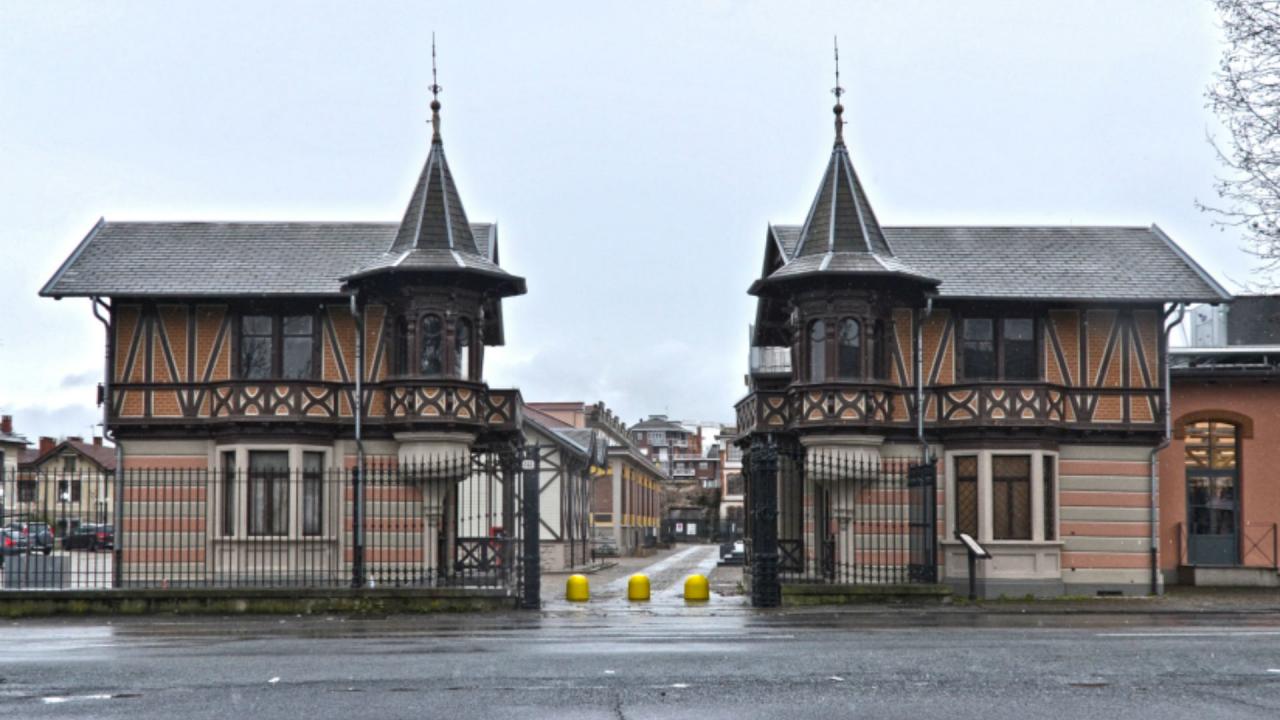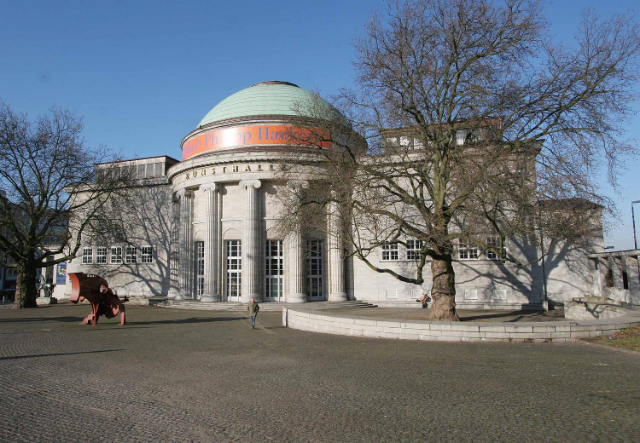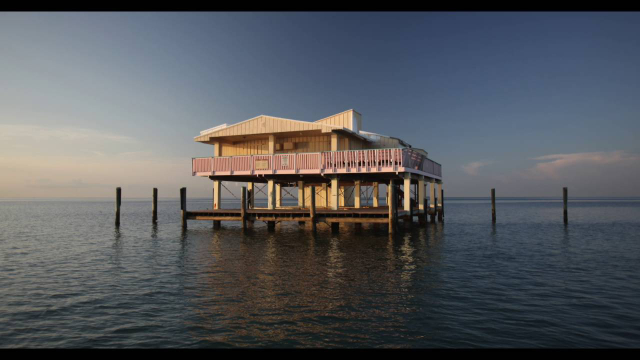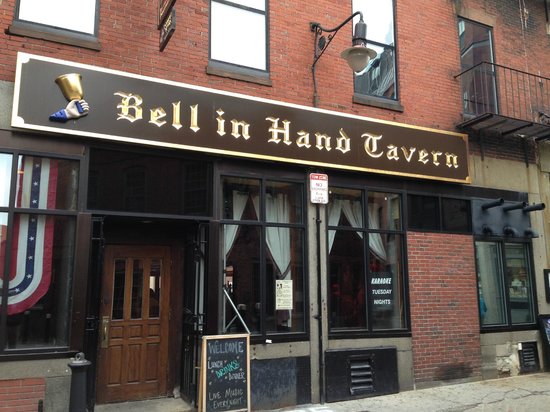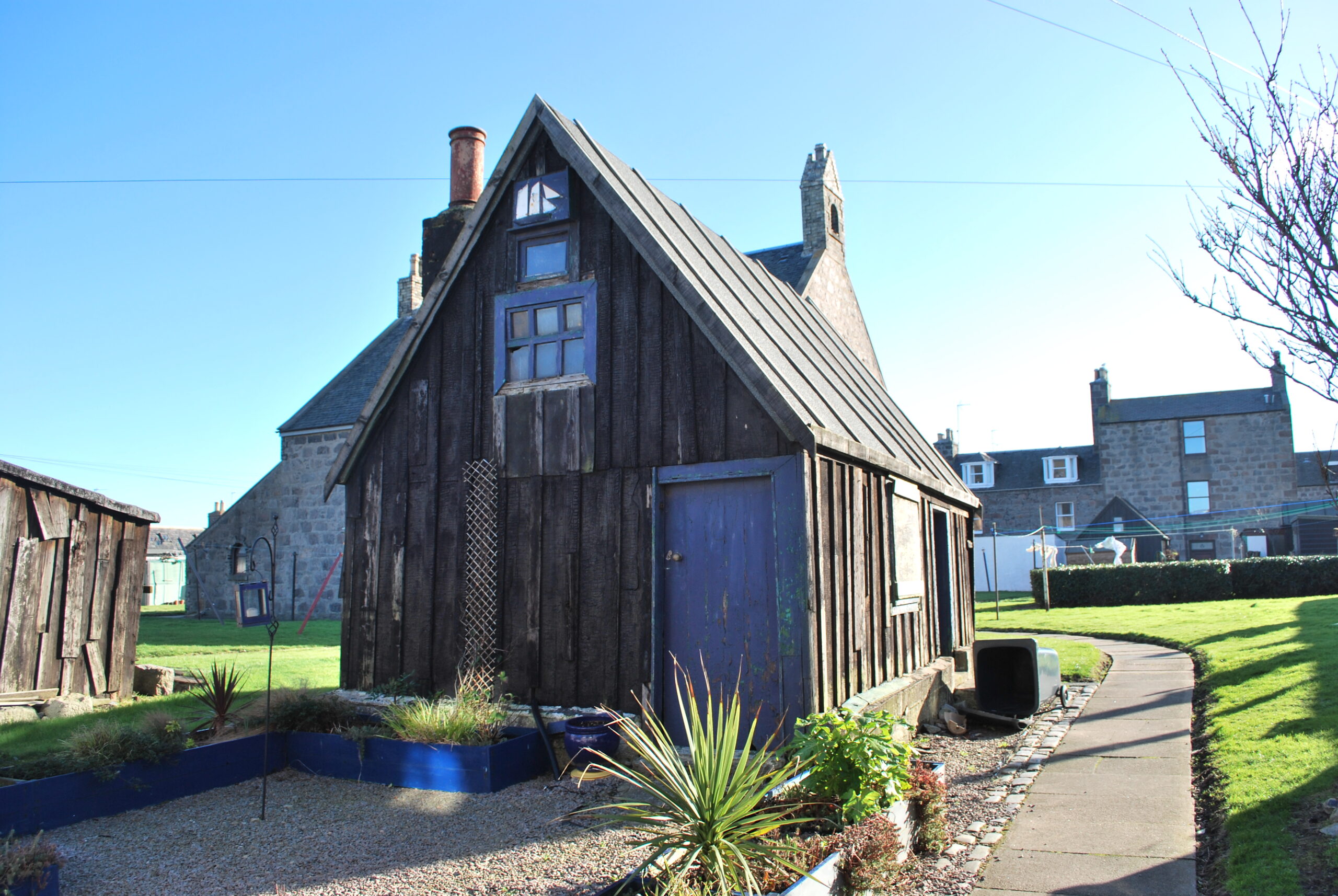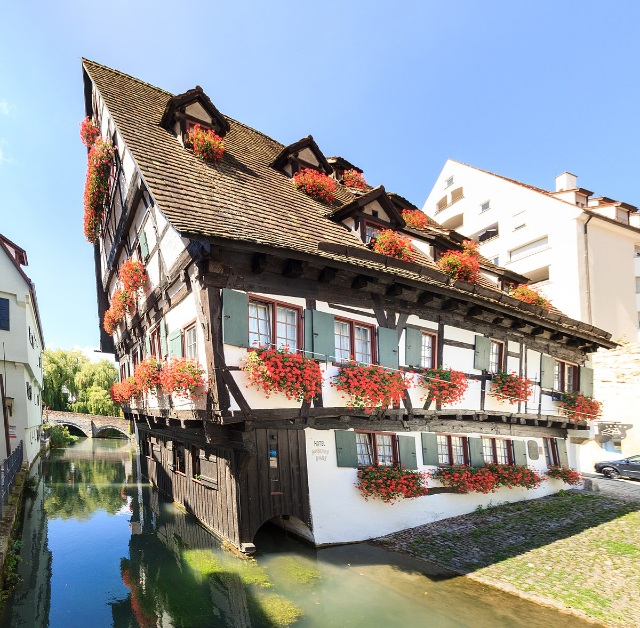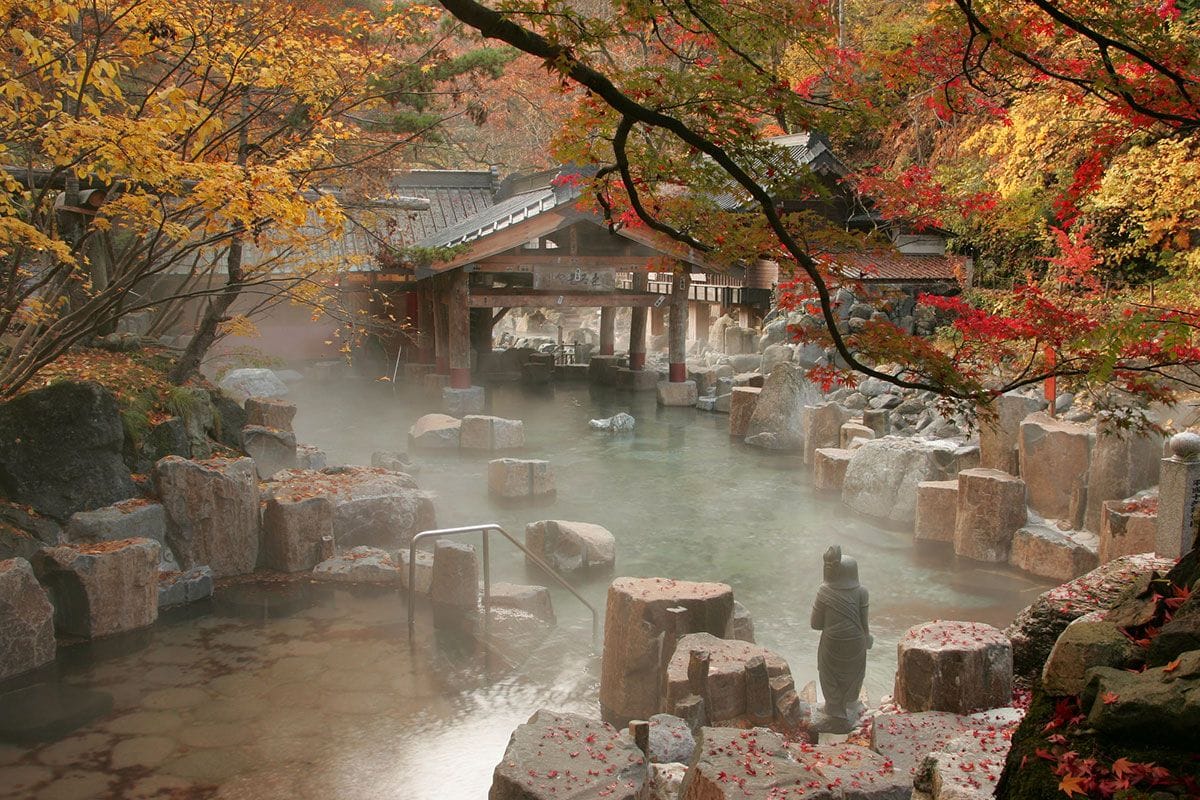On the outskirts of Turin there is a village whose history reflects a different idea of enterprise and relations between people. The Leumann village is a working-class neighbourhood in the municipality of Collegno, built at the end of the 19th century by Napoleone Leumann, an important entrepreneur of Swiss origin, as a residential complex for his cotton mill. The realization of the village, in liberty style, was entrusted by Leumann to the great engineer Pietro Fenoglio. It is a great example of industrial building transformed into art and completely integrated into the surrounding area.The complex, in liberty style, was built on a plot of more than 60,000 square metres with about sixty buildings divided into 120 residential accommodation.
After the crisis of the 70s, the cotton mill Leumann closed and it was feared the worst for this beautiful residential complex. Fortunately, the buildings became the property of the municipality of Collegno, which guaranteed the preservation of this village and the allocation of the remaining houses according to the rules of social housing.
Today the village is still inhabited by some workers of the Cotonificio Leumann and by another hundred families to whom the houses have been assigned.
Over the years, numerous restoration works have been carried out that have brought some of the buildings back to their former glory. Inside the village Leumann there is a period station (the Turin-Rivoli), the Church of Santa Elisabetta in eclectic style (Leumann commissioned the construction for his workers, although he was a Calvinist), the old elementary school (Leumann had it built for the children of the workers of the cotton mill firmly convinced that education was a fundamental element to have good workers) and many other historic buildings in Art Nouveau style.
